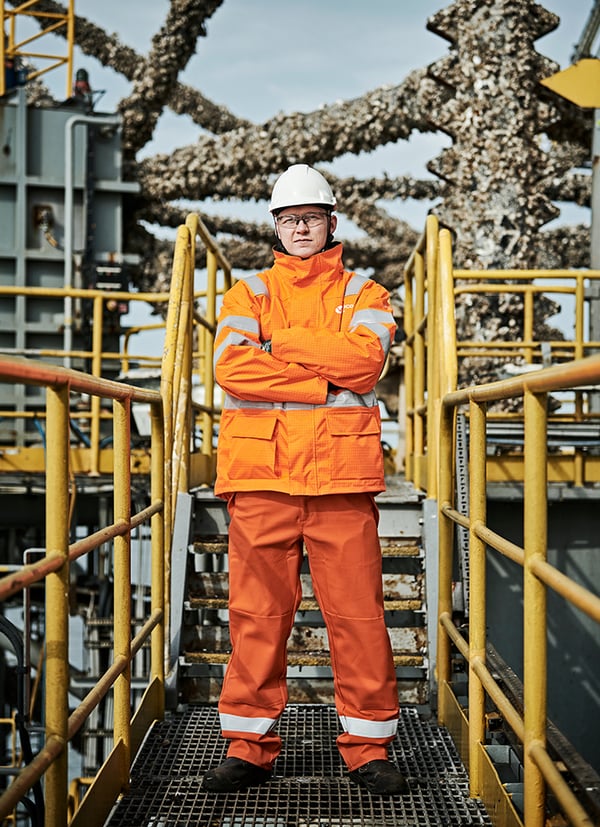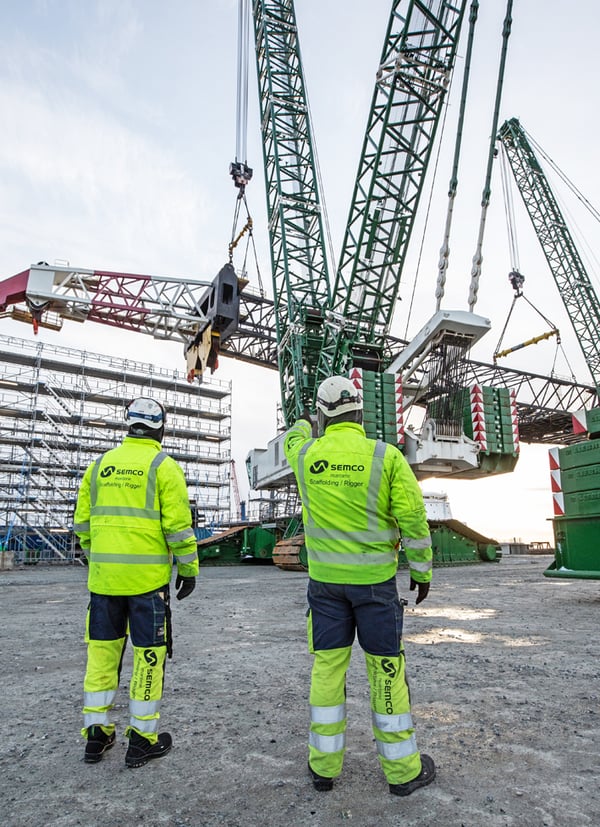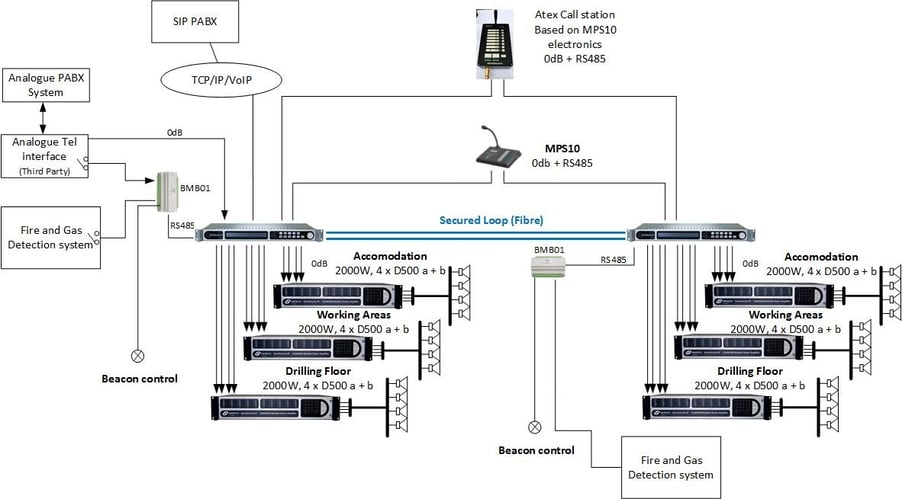In general, a PAVA system is used to play public address announcements, broadcast advertisements or background music. As with the PAGA, PAVA systems are usually linked to any fire detection systems so that they are able to play the emergency messages during an incident with low delays.
With voice alarms, the messages are usually in spoken word instead of codified sirens, these systems are typically applied in public buildings, where people who are not trained in the signals can still receive messages and instructions accurately during an incident.
In conclusion, it is more a mater about words as both PAGA and PAVA system are very much functionally the same, especially when PAGA systems are also able to transmit voice messages as they normally are. Since they might be built with different needs in mind, the hardware making up the system and core functionalities will have to be different to ensure that all relevant standards are met. For example, setting up a PAGA system for an offshore Oil & Gas platform will require careful consideration for Ex field equipment to be used or even the complete PAGA system could be required to be Ex certified e.g. as Exp or Exd.
As such, it’s recommended that you seek a telecommunications expert in your industry to find out more about what standards you have to comply to for your facility and that is where Semco Maritime have the knowledge and experience to assist you.











